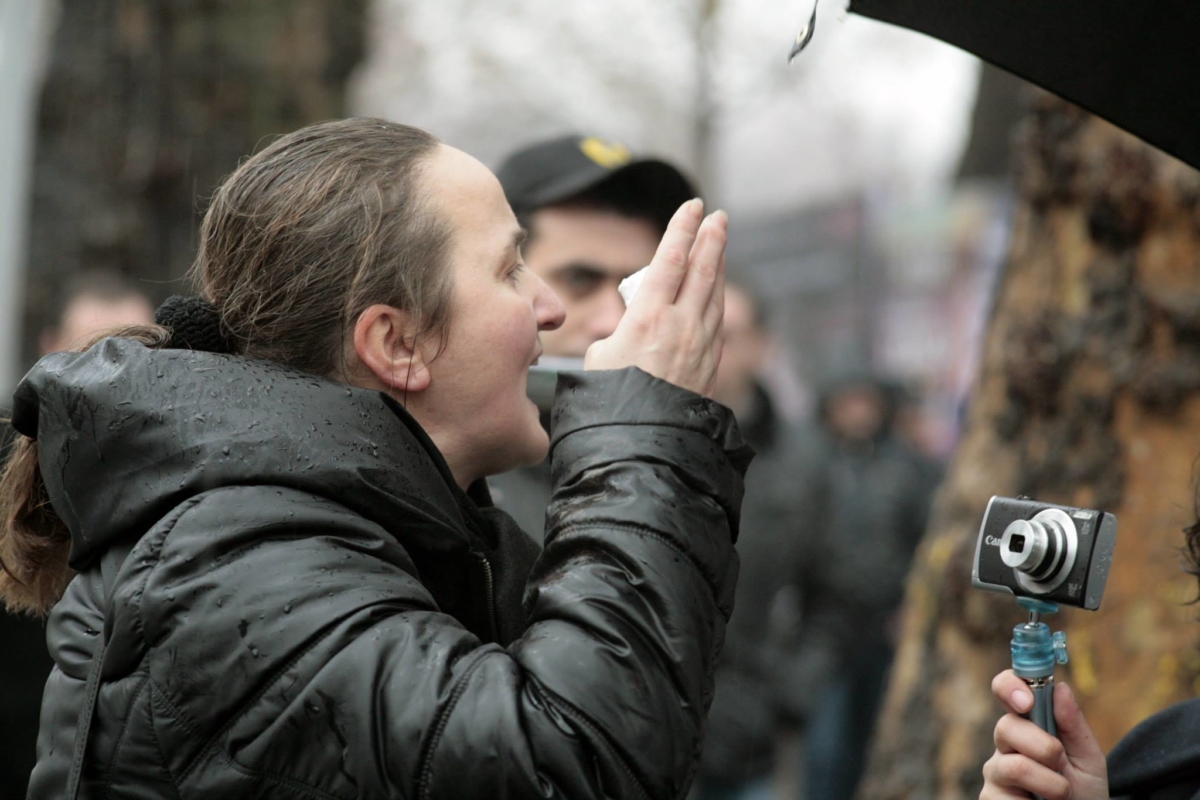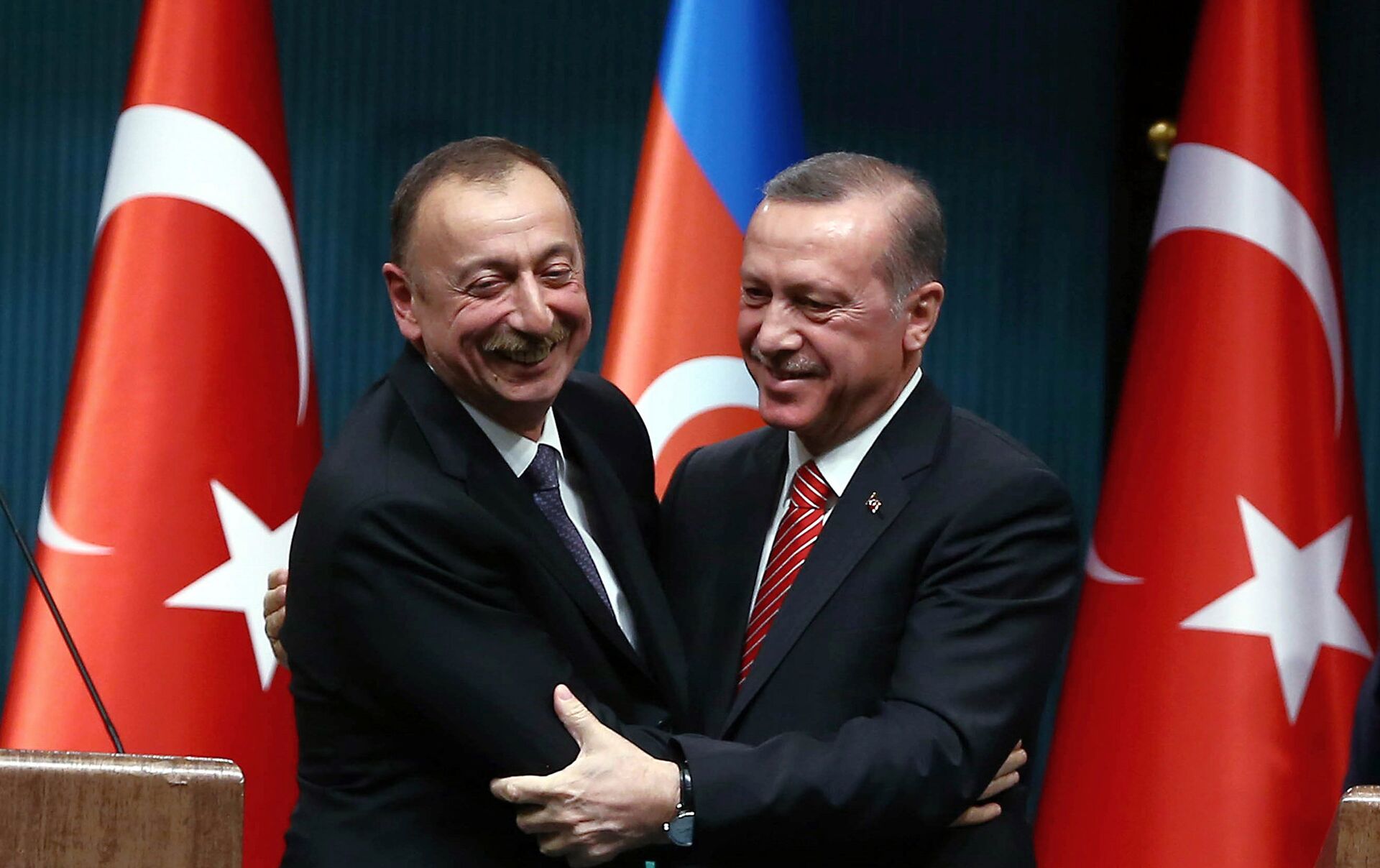Why are so many soldiers dying in the Armenian army?
The Investigative Committee of Armenia reports that in 2014-2019 alone, there were 349 deaths of military personnel in the armed forces of Armenia.
The causes of death were spread between:
• ceasefire violation on the contact line of the Armenian and Azerbaijani armed forces after the signing of the armistice in 1994,
• accidents,
• health problems,
• murder,
• suicide.
Human rights activists are concerned that the investigation into the deaths of military personnel is not always carried out in full and that there are attempts to hide the causes of death and the real perpetrators.
Peace Dialogue released the details of the findings in a report examined below.
The case of Grigor Avetisyan and Suren Aramyan
“At first we were told that there was sabotage, that is, that my son and his friend died as a result of sabotage penetration of the enemy. For several months we could not recover, we did not understand what had happened. Then we realized that this could not be a diversion, that is, a saboteur could not climb into a tent and kill exactly two artillerymen. After that, I immediately went to the investigators,” recalls Arthur Aramyan, the father of Suren Aramyan.
Two friends – Grigor Avetisyan and Suren Aramyan – were killed in combat positions on April 6, 2016. Two days later, a military serviceman David Dumikyan appeared in the military police and “confessed” that he killed Avetisyan and Aramyan.
Later, Dumikyan reneged on his confession and still claims that he was forced to take the blame by one of the military police officers.
Relatives of the killed soldiers do not believe this official version. They believe that a fictitious investigation was conducted to hush up the case, and not to reveal all its circumstances.
The preliminary investigation ultimately considered proved that Grigor Avetisyan killed Dumikyan, and not proved that he killed Suren Aramyan. Therefore, the murder case of Grigor Avetisyan was separated and sent to court. And the case of Suren Aramyan was closed – on the basis that “it was impossible to identify the perpetrators.”
• How big crime is ‘forgotten’ in Azerbaijan
• Femicide in Georgia: a chronicle of tragedy
• Armenian gov’t approves bill to tackle issue of ‘thieves-in-law’
Later, Dumikyan reneged on his confession and still claims that he was forced to take the blame by one of the military police officers.
Relatives of the killed soldiers do not believe this official version. They believe that a fictitious investigation was conducted to hush up the case, and not to reveal all its circumstances.
The preliminary investigation ultimately considered proved that Grigor Avetisyan killed Dumikyan, and not proved that he killed Suren Aramyan. Therefore, the murder case of Grigor Avetisyan was separated and sent to court. And the case of Suren Aramyan was closed – on the basis that “it was impossible to identify the perpetrators.”
Statistics
Armenian human rights organizations also believe that there are far too many deaths in the army, and keep their own statistics of incidents in the army, which often differ from the official data,
Peace Dialogue, which operates in Vanadzor, has been keeping its records since 2013. On its safesoldiers.am website, the organization has created a list of deaths of military personnel in the Armenian army “in relatively peaceful conditions,” that is, from the moment of signing the armistice between Armenia and Azerbaijan (May 12, 1994) to the present.
The site is based on information from open sources, 1,160 incidents are now registered in its database. And the organization believes that this is not a complete list, since the Ministry of Defense does not agree to cooperate on this issue.
[su_quote]However, Peace Dialogue managed to obtain information for the past three years from a general and military prosecutors.
In 2017, 76 deaths of military personnel were recorded, three of them – murders, 10 – suicides.
Of the 63 deaths recorded in 2018, one was murder, 11 were suicides.
In 2019, 49 troops were killed. The number of murders and suicides was five and 10, respectively.
[/su_quote]That is, in the past three years, the number of suicides is at about the same level; in 2019 there have been more murders.
According to the general database of the Peace Dialogue website, the number of murders and suicides in general exceeds the number of victims of ceasefire violations.
In this case, in fact, perhaps more. The experience of the organization indicates that these numbers are underestimated as much as possible and other causes of death are attributed.
Peace Dialogue forensic scientist Ruben Martirosyan has repeatedly represented the interests of relatives of dead servicemen since 2000 during the investigation of murders in the army.
[su_quote]According to Ruben Martirosyan, the investigating authorities work in close contact, parroting one another’s findings and hiding information about crimes in the army.
Intentional killings are presented as suicides, as killings committed through negligence, or accidents.
Murders in combat positions are sometimes issued as the death of military personnel as a result of enemy actions. Accordingly, these cases are not disclosed, since the place and causes of death, as well as the instruments of crime, are faked.
The investigation is conducted on the basis of false facts and comes to the wrong conclusions.
There are also issues in the court system, whose verdicts do not correspond to the reality on the ground.
[/su_quote]The case of Manuchar Manucharyan
Peace Dialogue represents the interests of the injured party in the case of the murder of Manuchar Manucharyan, who was in the military service when he was killed in 2013.
The murder, which was committed by three gunshots, from the very first day of the investigation was ruled a suicide.
On the weapon, as usual in such cases, no fingerprints were detected for identification. Theoretically they could have been removed by the killer, but careful investigations are often not conducted in such cases, and evidence could have been destroyed by the investigating body itself.
As a result, there is reason to believe that Manucharyan was killed, material evidence was falsified (weapons replaced, fingerprints destroyed).
While studying the materials of the case, Peace Dialogue expert Ruben Martirosyan found out that the investigator found on the back side of the trouser leg of the military uniform Manuchar Manucharyan, who had committed “suicide”, a five-millimeter hole from the shot. But later the investigation missed this fact.
The gunshot wound from the back is not mentioned in the autopsy.
Martirosyan managed to break the judge’s resistance, and to examine the clothes of the murdered woman in court, and verify the presence of a gunshot wound.
Nevertheless, it was not possible to achieve justice in the Armenian court. The case is currently being investigated by the European Court of Human Rights.
And this is not the only case. In a number of incidents in the armed forces, the preliminary investigation body instituted criminal proceedings on suspicion of suicide, and, despite many inconsistencies, stubbornly promoted this account.
The case of Manuchar Manucharyan during the preliminary investigation was presented as suicide – first on the basis of religious, and then on the basis of unrequited love. When these attempts failed, the two colleagues of the murdered were charged with bringing to suicide. And this is based on the testimony of only one of the employees of the same unit.
Details of the case of Grisha Khachatryan
At first they tried to pass off the murder of the serviceman Grisha Khachatryan as a consequence of the violation of the ceasefire regime.
Then the Minister of Defense of those years, Seyran Ohanyan, announced that the death of the soldier came as a result of the careless handling of weapons – that it was an unintentional murder.
At the request of the parents of the deceased soldier, an expert from Peace Dialogue was present at the autopsy. And only after the statement of Ruben Martirosyan was a murder case launched.
Will these cases ever be solved?
In November 2018, on the initiative of the Investigative Committee of Armenia, a public monitoring working group was created, which was supposed to
• study criminal cases initiated on the facts of the death of military personnel in peacetime,
• detect possible omissions during the preliminary investigation,
• submit them to the investigating authority and society,
• dispel the doubts of parents who have lost sons about the interest of the investigating authorities in solving cases.
Peace Dialogue worked for eight months in the monitoring group, during which it did not notice much progress in solving cases, and therefore left the group.
“The investigating authorities cannot disclose these cases, since this group includes those same investigators who closed these cases. Instead of initiating proceedings into the facts that we present within the group, they only think about how to justify their decisions,” says Edgar Khachatryan, head Peace Dialogue.
And many families of victims of incidents in the army no longer hope to clarify the circumstances of these cases and punish those responsible.
“Four years have passed, but we still don’t know who killed our son. We don’t even know who else to turn to. We have already addressed everyone – to all possible authorities,” says Arthur Aramyan, father of Suren Aramyan.



















